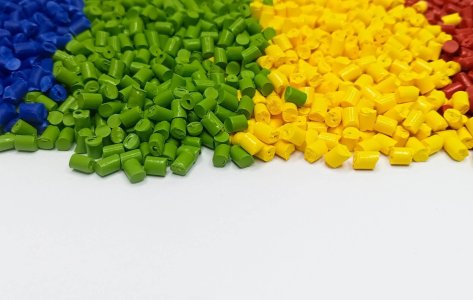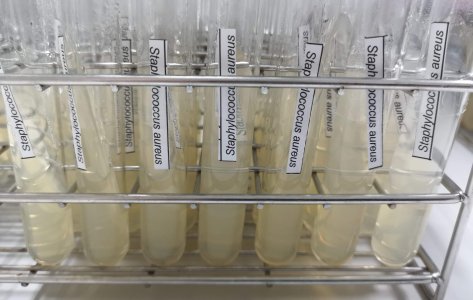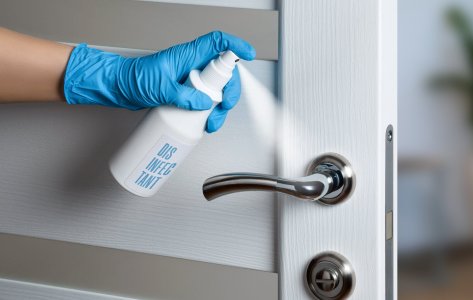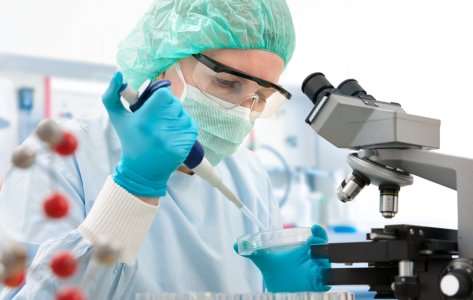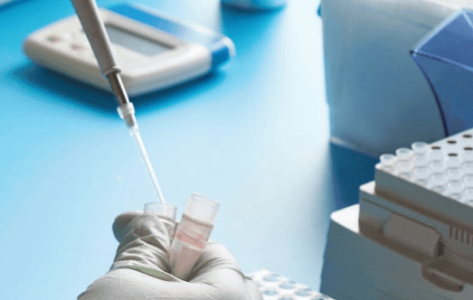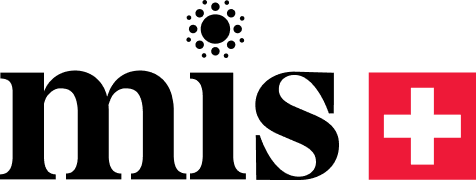- Swiss testing laboratory
AOAC 972.04

Hassle-free testing experience
Need to get a product tested? No worries! To and fro logistics are on us; we collect your products, test them and, deliver them back to you.
Related tests for you
Evaluation of Laundry Sanitizers and Disinfectants for Use in High-Efficiency Washing Operations
Evaluation of Laundry Sanitizers and Disinfectants
Quick understanding of the test
AOAC 972.04 - Bacteriostatic activity of laundry additive disinfectants
- Staphylococcus aureus
- Klebsiella pneumoniae
- The test fabric is treated with the test product.
- The treated fabric is agitated for the defined contact period and rinsed.
- After rinsing, the test fabric is placed onto a nutrient agar plate pre-inoculated with test organism suspension and incubated.
- After incubation, the plates are observed for the zone of inhibition.
- Validates the effectiveness of laundry disinfectant products.
- Ensures regulatory compliance (e.g., EPA in the US).
Turnaround Time
Passing criteria
Do you have a product that needs testing?
Abstract
AOAC 972.04 is a widely accepted standard for evaluating the efficacy of disinfectants and predominantly finds application in laundry additive disinfectant testing. The standard was established by the Association of Official Analytical Chemists describing the methods to assess the efficiency of disinfectants in inhibiting the growth of bacteria on fabric after a wash.
The method applies to laundry disinfectants used in settings such as hospitals, hotels, and households where high standards of hygiene need to be met. The test presents a reliable approach through which manufacturers can determine the effectiveness of their products thus making it a vital tool for the validation of their product claims.
Test organisms
The test can be performed against a range of bacteria depending on the product’s intended use. The most commonly tested bacteria include Staphylococcus aureus and Klebsiella pneumoniae.
Products tested
The test method applies to laundry additive detergents which are marketed as bacteriostatic or antibacterial.
Test conditions and requirements
Test organisms: Staphylococcus aureus and Klebsiella pneumoniae.
Incubation period: 37°C for 48 hours
Sample preparation (Test) – The test fabric is cut into a long strip of 5cm in width and weighs exactly 15 g.
AOAC 972.04 Test Methodology
- A stainless steel spindle with 3 horizontal extensions and 2 vertical extensions is used as a carrier for test fabric. The spindle prevents wadding and lodging of the test fabric during agitation.
- One end of the test fabric is secured to an outer horizontal extension of the spindle and the fabric is wrapped around it and secured using safety pins.
- The spindle with the test fabric is placed in the exposure chamber containing the product solution (laundry disinfectant) and agitated.
- Immediately after the end of initial 5 min agitation, the treatment solution is drained, 100ml water is added and rotated for 2 mins. These treatment steps are repeated twice.
- Following the treatment operations, the treated test fabric is removed from the exposure chamber and air-dried.
- 5 samples (size 1 sq. in.) of the test fabric are cut and taken as the test sample for bacteriostatic tests against one test organism.
- To perform the bacteriostatic test, 5 replicate plates are used for each test organism.
- 1 ml of 24-hour-old nutrient broth culture of S. aureus and K. pneumonia are separately inoculated into liquid nutrient agar and mixed thoroughly.
- The inoculated liquid agar medium is poured into petri plates and allowed to solidify.
- As soon as the plates solidify, the test fabric samples are placed at the centre of the plates and incubated for 48 hours.
- Following incubation, the plates are examined to determine the presence or absence of a zone of inhibition along each side of the test fabric sample.
Efficacy criteria
The efficacy of the laundry additive disinfectants is determined by examining the zone of inhibition. The size of the zone is not taken into account, but the standard requires the zone to be extended along the entire edge of the test fabric to be acceptable. Zone of inhibition along a single side is considered as 1 and since 5 replicates are tested, the product is scored against 20. To pass the test, 18/20 sides must demonstrate zone of inhibition.
Importance of testing
The test provides manufacturers with a scientific approach to validate their product efficacy claims. The test is also essential to public health administrators as it helps them identify the best products in the market to use for effective disinfection. The use of AOAC-certified products helps in reducing the spread of infections, particularly in healthcare where patients are highly vulnerable to hospital-acquired infections (HAIs).
The test also helps maintain industry standards for efficacy and safety. The standard ensures that all products are evaluated using the same criteria thus providing reliable results to manufacturers and enhancing consumer trust in the efficacy of the products.
Compliance and industry standard for AOAC 972.04
Compliance with the AOAC standards is a prerequisite for manufacturers who wish to market their products globally. In the United States, for instance, the Environmental Protection Agency enforces that products that claim to kill certain pathogens should be tested using the AOAC methods, including the AOAC 972.04. Passing this test is also required for product registration at the EPA and for the approval to sell the product.
This test also represents international acceptability since most countries have similar efficacy testing standards for disinfectant products. Any manufacturer who intends to market their products globally must ensure that their products meet the AOAC standards or an equivalent standard that is recognized by the regulatory authorities.
Benefits of Testing
Regulatory compliance: AOAC testing is accepted by regulatory bodies, like the EPA, to meet the statutory and legal obligations of the manufacturer with respect to the effectiveness of disinfectants. Compliance helps avoid lengthy legal processes and guarantees quick product approvals.
Market advantage: Products that pass this test have a competitive advantage in the market as they meet the industry-specific standards. Thus, complying with this standard opens up opportunities for new markets, especially in sectors like healthcare and food services, where compliance is mandatory.
Consumer trust: AOAC certification boosts consumer confidence in the product’s effectiveness. Validated claims of efficacy guarantee brand loyalty and assure the customer that the product works as intended.
Product innovation: Testing promotes innovation, enabling manufacturers to explore and improve formulations against microbes. This will help in developing better, greener, fast-acting laundry disinfectants while still being compliant.
Conclusion
AOAC standard (972.04) forms an integral part of disinfectant testing. By providing a standardized and scientifically validated method for testing these products, the standard helps protect public health, ensures regulatory compliance, and maintains industry standards. The test’s rigorous methodology, combined with its recognition by regulatory authorities, makes it an indispensable component in the development and approval process of products.
At Microbe Investigations Switzerland, we provide comprehensive AOAC 972.04 testing services to help you validate your laundry disinfectant products and meet regulatory standards. Partner with us to ensure your products are trusted, effective, and ready for the market. Contact our team today to learn more about our testing solutions.
Frequently Asked Questions

DR. Martinoz Scholtz
AOAC 972.04 is a standard test method used to assess the bacteriostatic or bactericidal efficacy of disinfectants in inhibiting or eliminating the presence of bacteria on textiles after washing.
AOAC test method (972.04) applies laundry disinfectants.
To test bacteriostatic activity, fabric pieces are cut, placed in Petri dishes, and inoculated with a bacterial suspension mixed with nutrient agar. The patches are incubated at 37°C for 16–18 hours. Control samples are tested using the same steps. Bacterial growth on treated patches is compared to controls by counting CFUs to assess disinfectant efficacy.
The standard incubation conditions for testing depend on the microorganism being tested.
This test is primarily a quantitative test method as it determines the number of bacterial colonies using plating techniques and is expressed as colony-forming units (CFU/ml).
AOAC test (972.04) is specifically designed to test the bacteriostatic activity of laundry additive disinfectants rather than being a method for detecting coliforms. Therefore, it would not be reliable or applicable for that purpose.
Meet the best of the blend of
R&D, Efficacy Testing,
Innovation and Passionate
Experts at MIS.
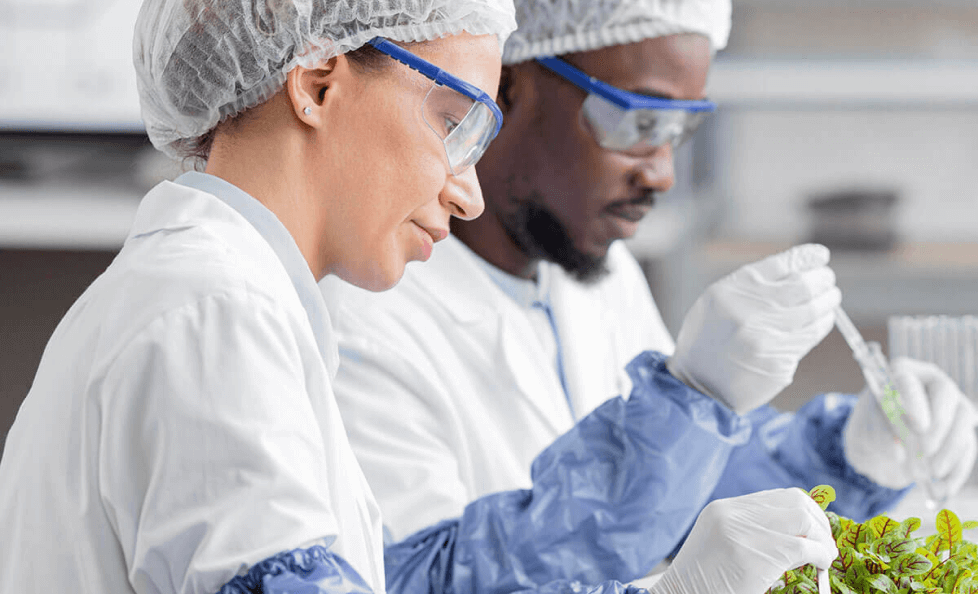
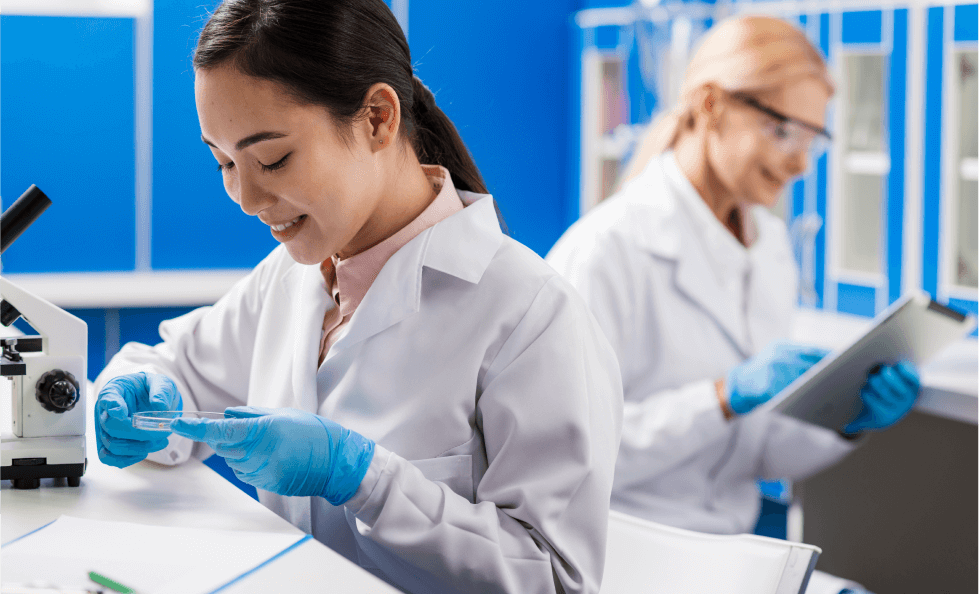
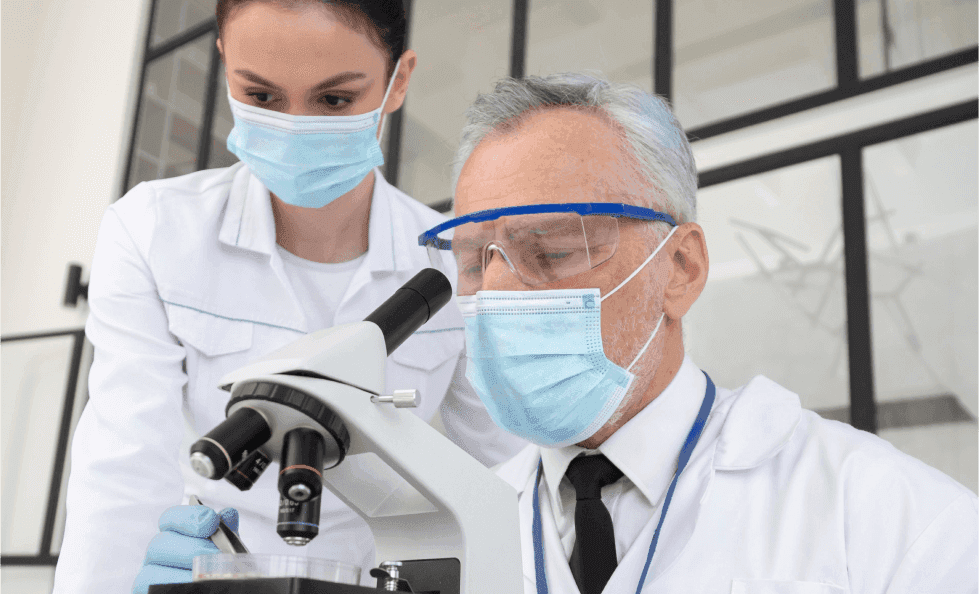
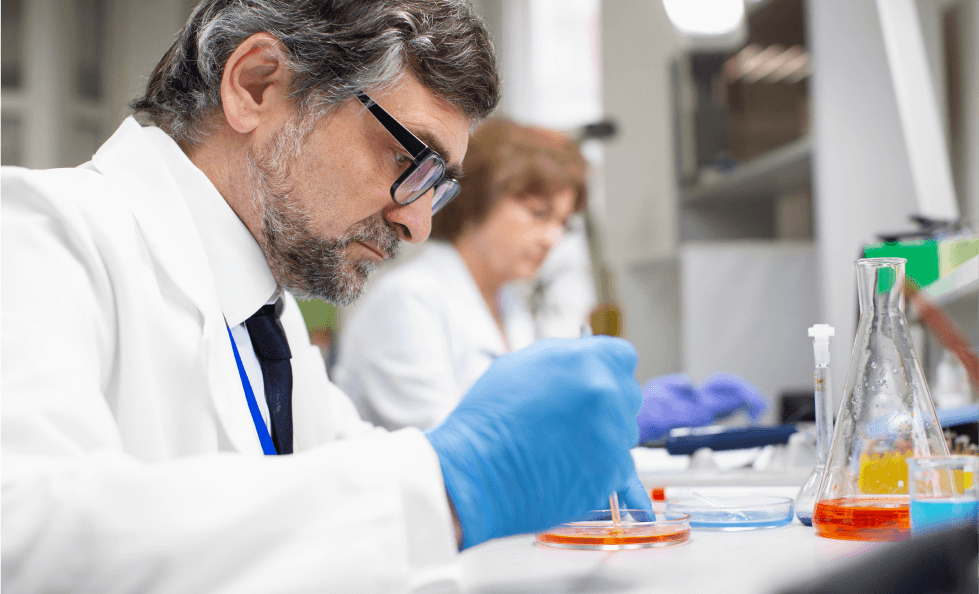
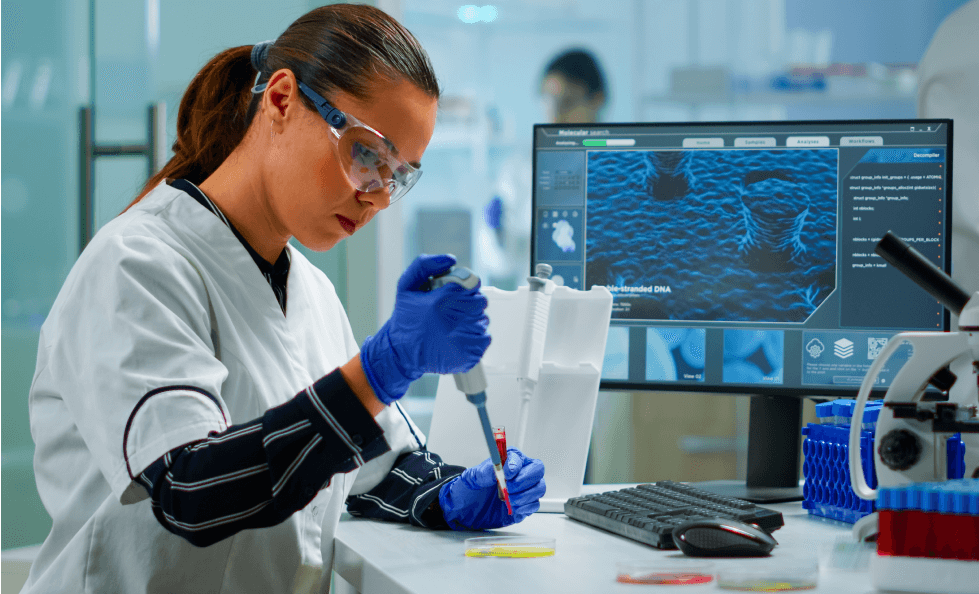
Explore More
In today’s health-conscious world, many
Did you know there are
Antibacterial testing of disinfectants plays
Antimicrobial testing is important to
Let’s face it, we are
